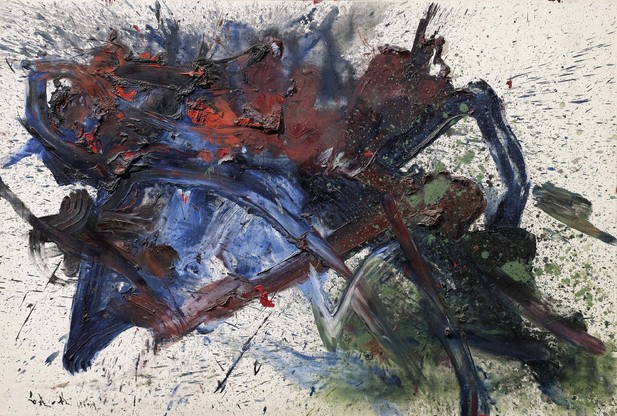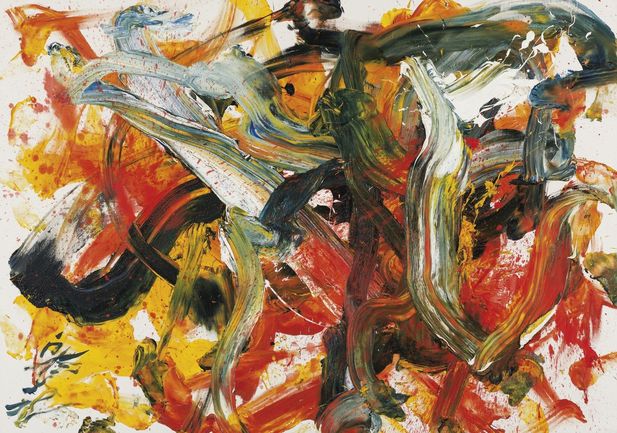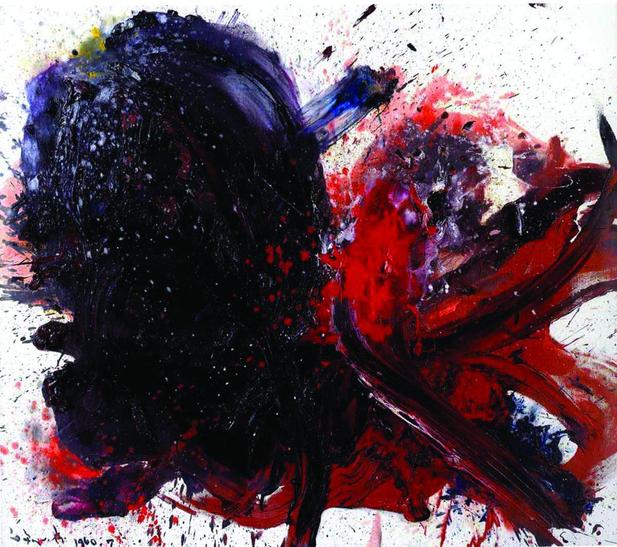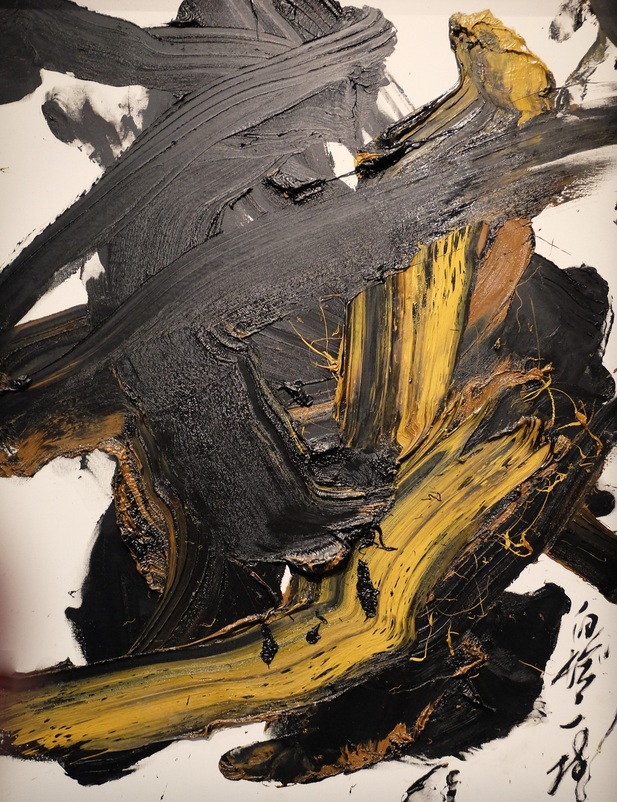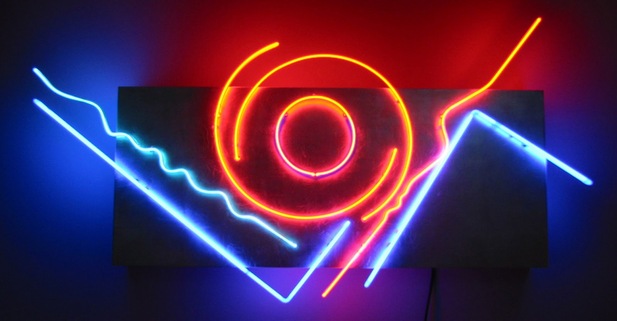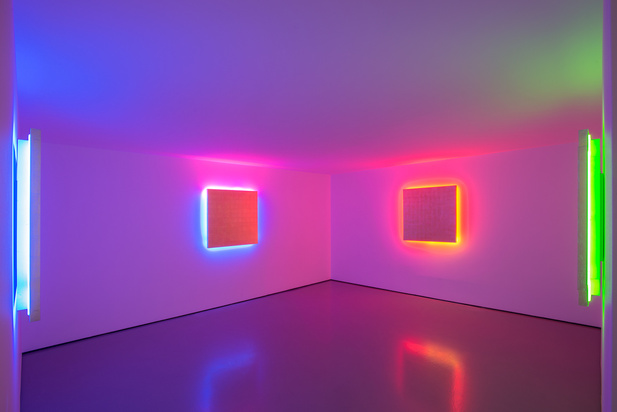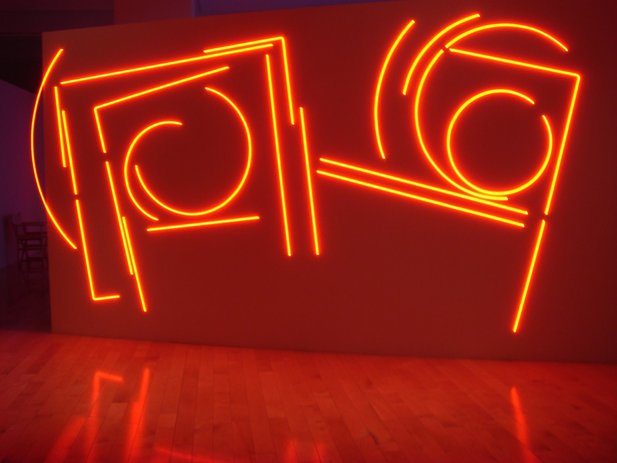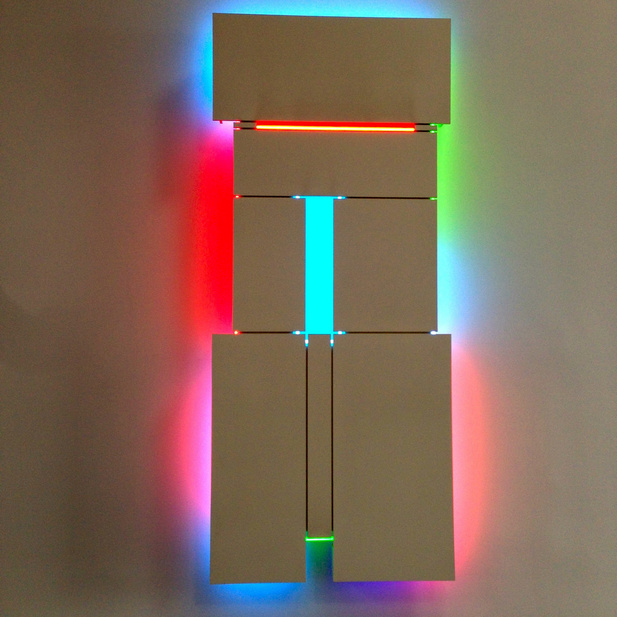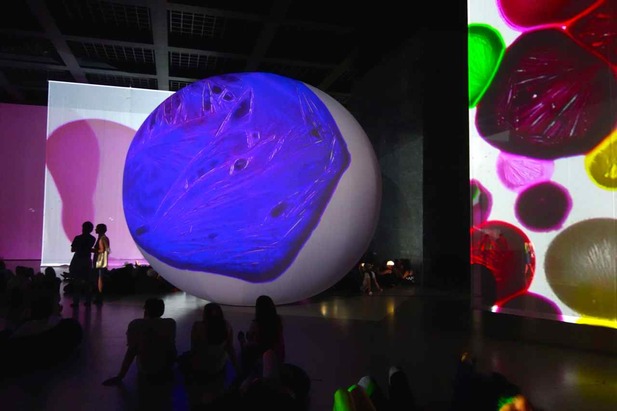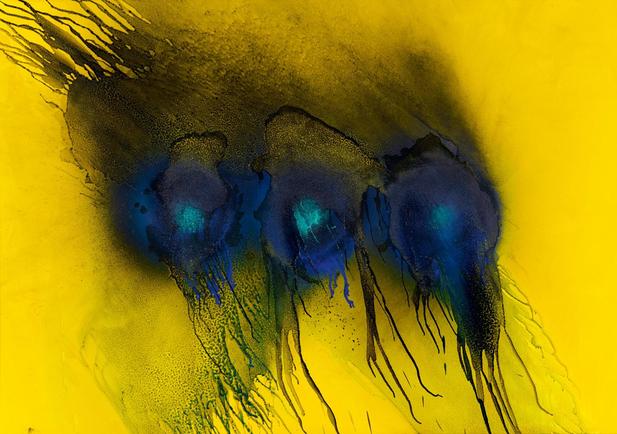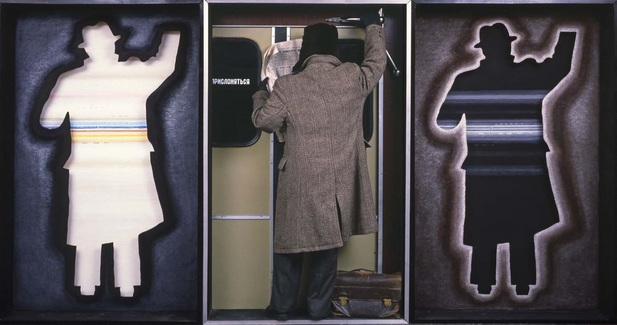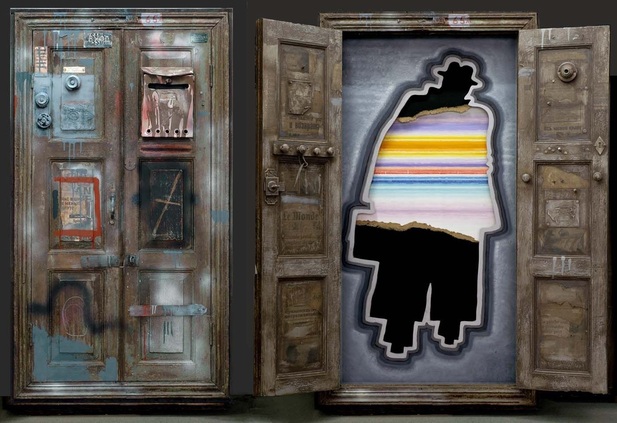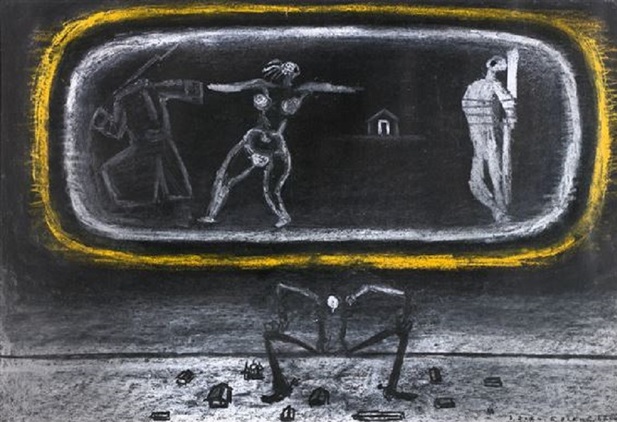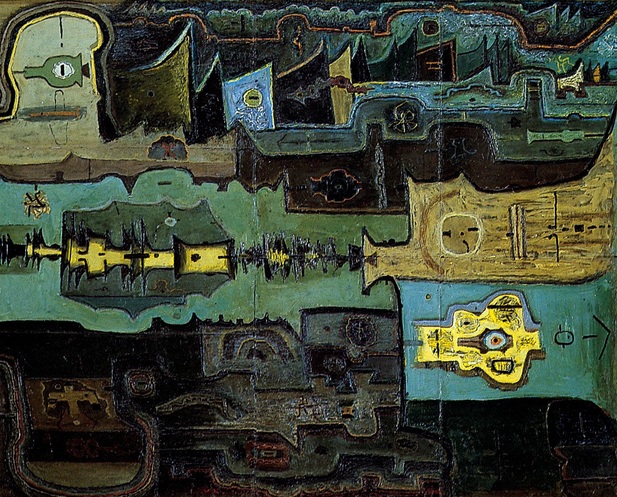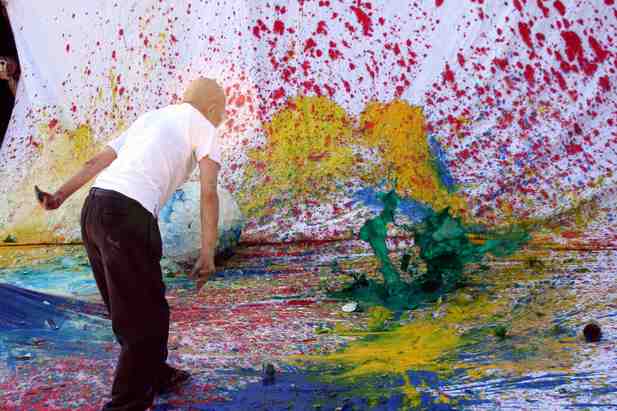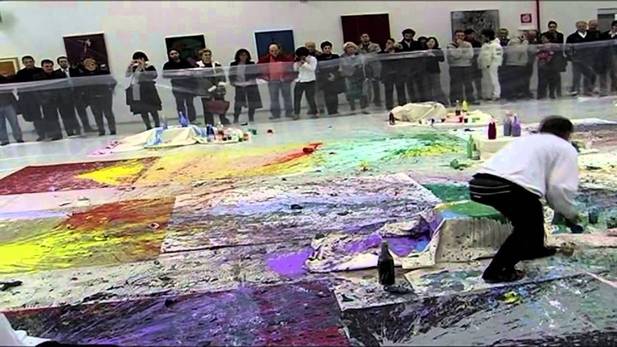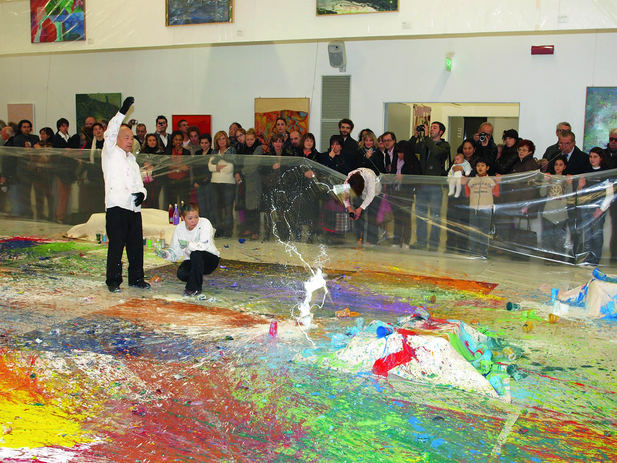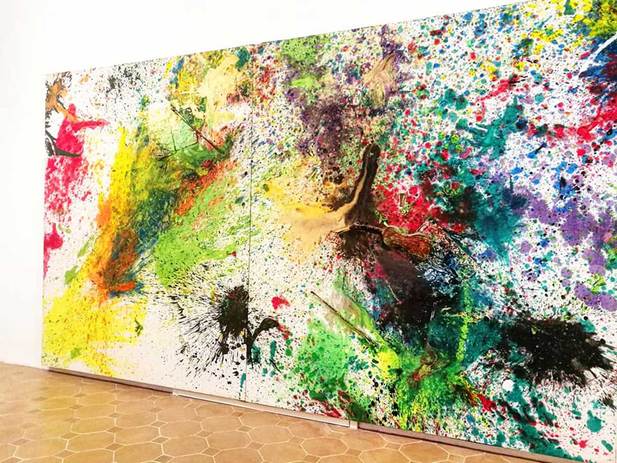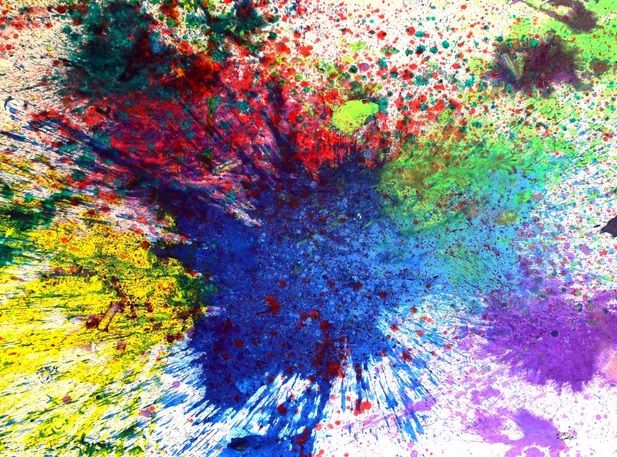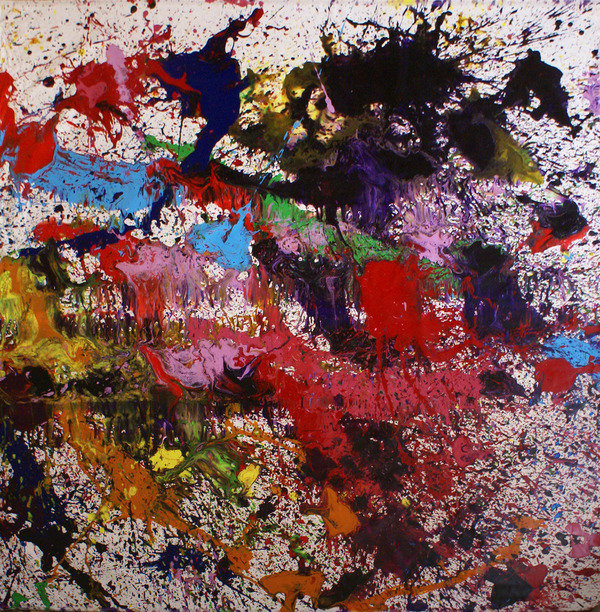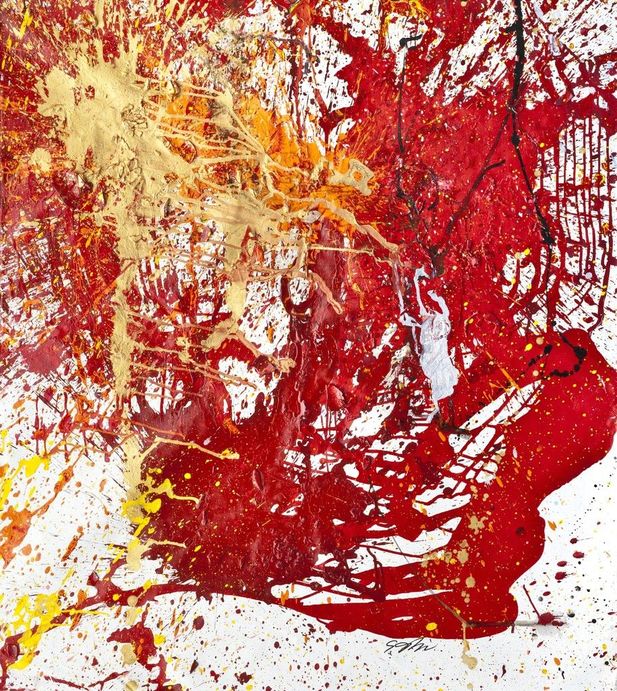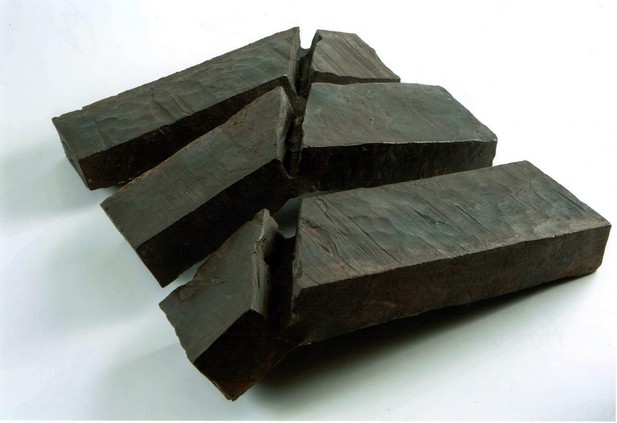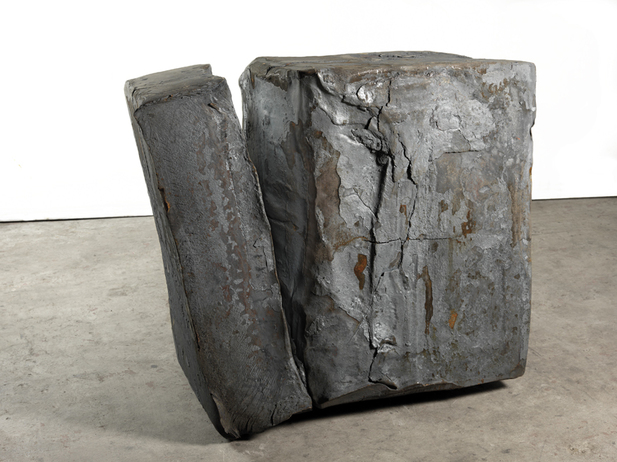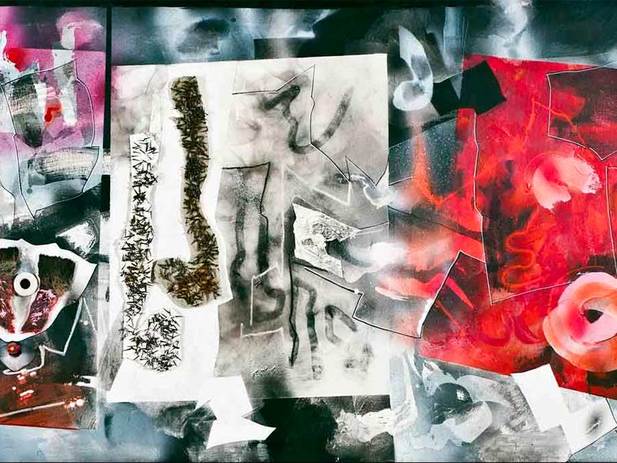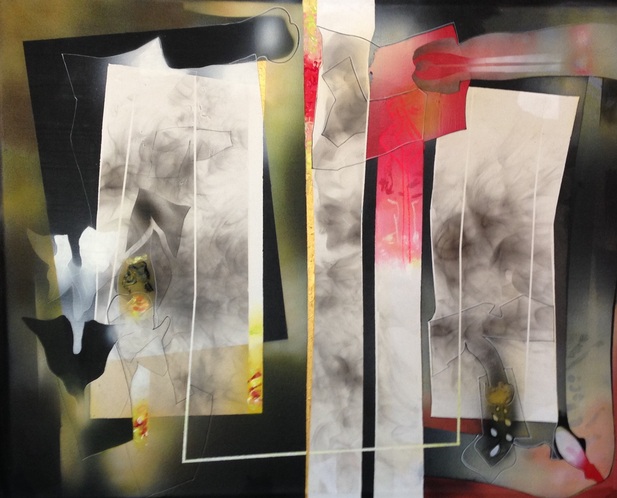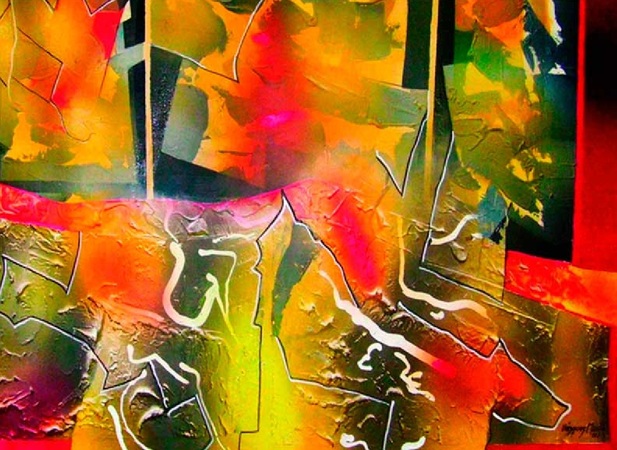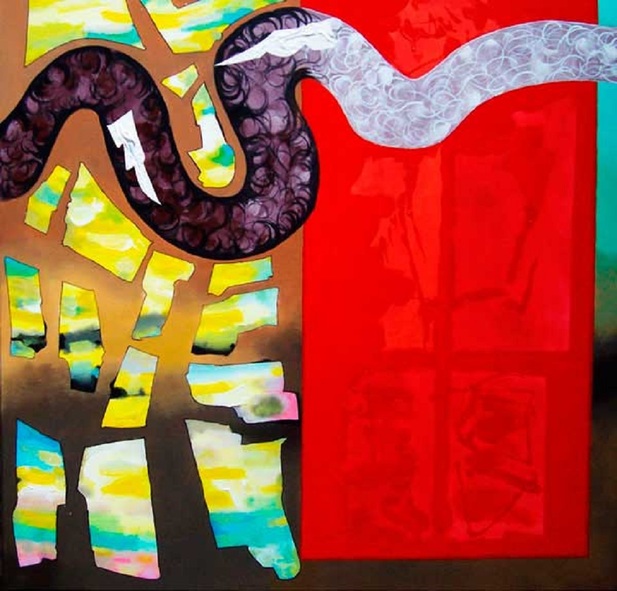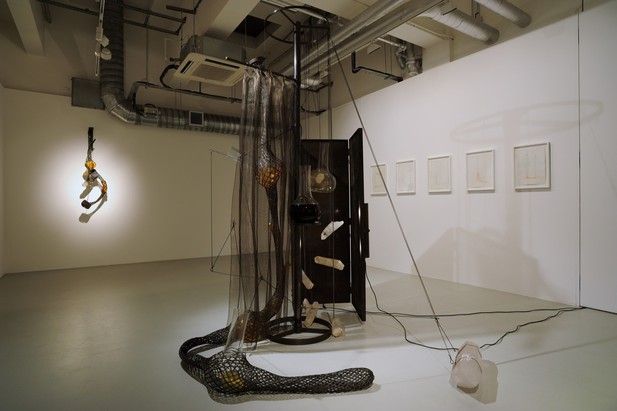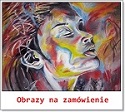Arno Rink - German Figurative Painting
Arno Rink (26 September 1940 – 5 September 2017) was a German painter. He was accepted to the Hochschule für Grafik und Buchkunst Leipzig in 1962 and studied under Werner Tübke, Hans Mayer-Foreyt and Harry Blume. He is associated with the second generation of the Leipzig School, which paints in a German figurative tradition.In 1979 Rink was honoured with a professorship and from 1987 until 1994 held the position of the Head of Faculty at the HGB. Notorious for the elitist education of his school, Arno Rink was renowned as the pioneer of the Neue Leipziger Schule and guided artists such as David Schnell, Christoph Ruckhäberle, Mirjam Vlamming, Timo Baumgärtl and Tim Eitel on their way to international success. The dreamy, architectonically primed worlds of the young graphic painting turned the art market euphoric like no other German movement had before. Arno Rink’s most accomplished pupil, Neo Rauch replaced him eventually in 2005 after over 27 years as the Professor of Painting at the Leipziger Hochschule.







